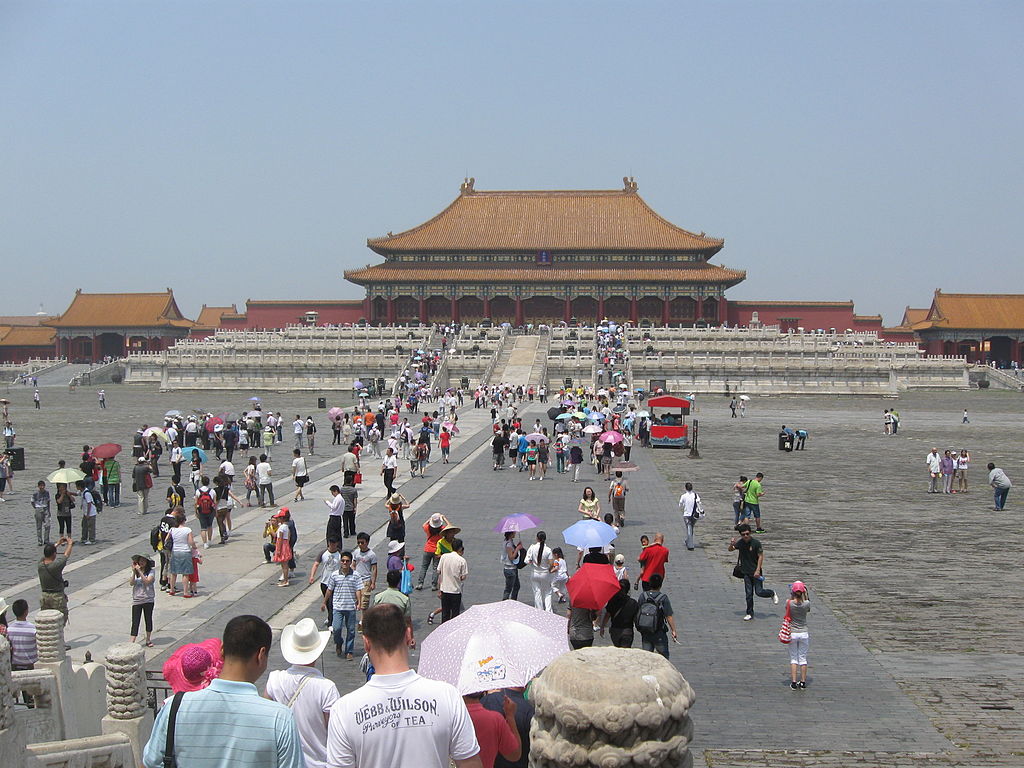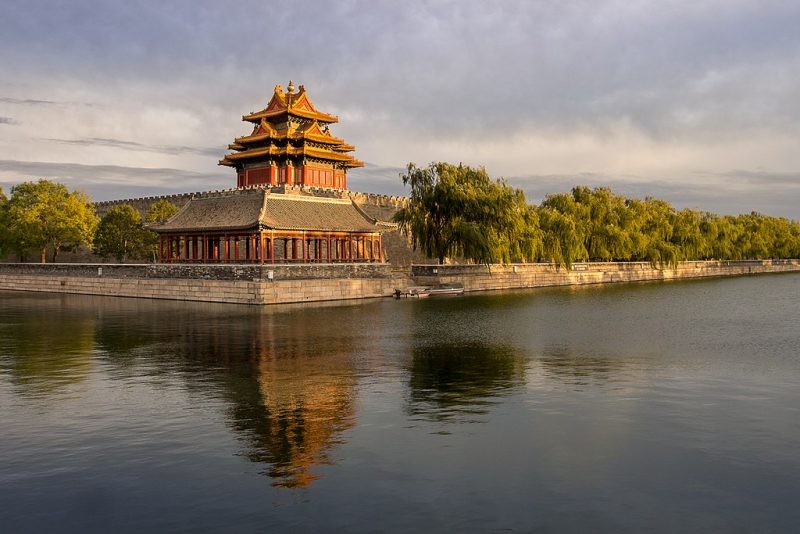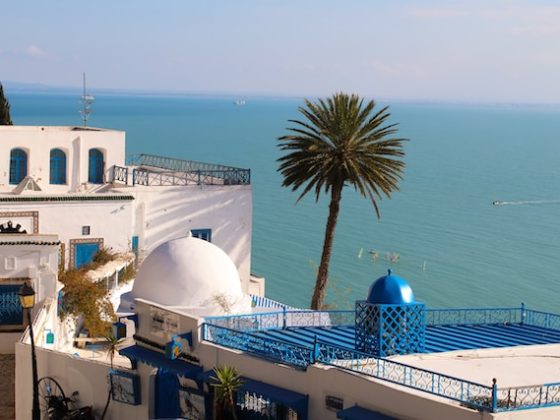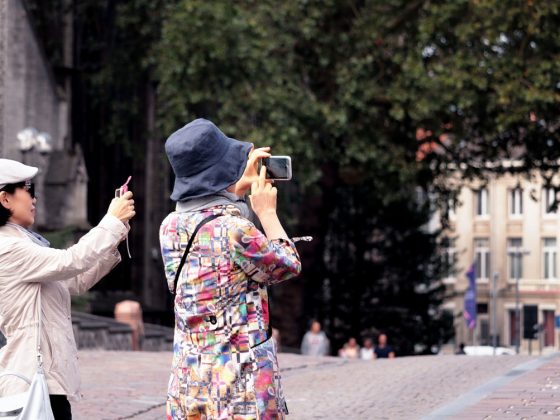The UNESCO World Heritage Site of Beijing’s magnificent Forbidden City is more than a mere work of art. Within its citadel walls, evidence of two former dynasties is on display.

Construction
Constructed between 1406 and 1420 under the watchful eyes of Emperor Yongle of the Ming Dynasty, the Forbidden City employed the services of many a laborer. Blocks of quarried stone were hauled across ice roads while colossal pillars of nanmu wood were transported from the forests of southwest China as part of a project that would soon become the center of governance for rulers of the Ming and Qing Dynasties.
Entering the Forbidden City
In the event you arrive here from Ascott Central Wuxi which is a good example of Wuxi accommodation, you will be required to enter through the Meridian Gate. Upon passing the Gate, your journeys will take you into a beautiful courtyard where you will then have to navigate the Golden Stream. En route to the Gate of Supreme Harmony, you will stumble upon a courtyard that once catered to audiences of yesteryear.
Three Great Halls
Undoubtedly, the pulse of the Forbidden City is the Hall of Supreme Harmony which witnessed the coronations and birthday celebrations of the emperors. Inside is the elaborate Dragon Throne from where the emperor would preside over matters of state. Next up is the Hall of Central Harmony which functioned as the emperor’s transit lounge while the Hall of Preserving Harmony which was devoid of support pillars was always used for banquets and imperial examinations.
Imperial Garden
Themed as a classical Chinese garden, the splendidly appointed Imperial Garden showcases some 7,000 sqm of expert landscaping, pavilions, walkways, rockeries and carbuncular cypresses which are a sight for sore eyes.











